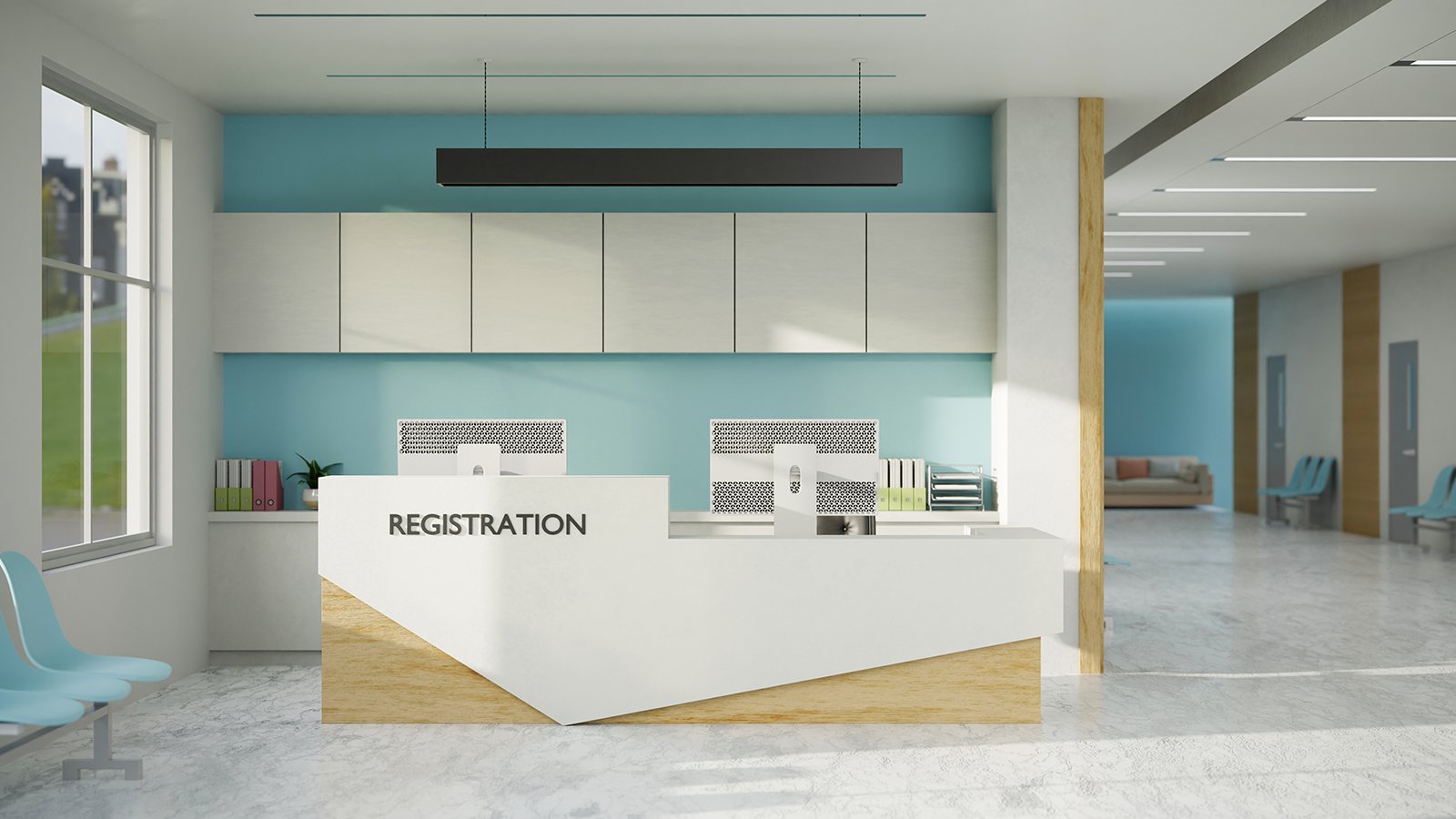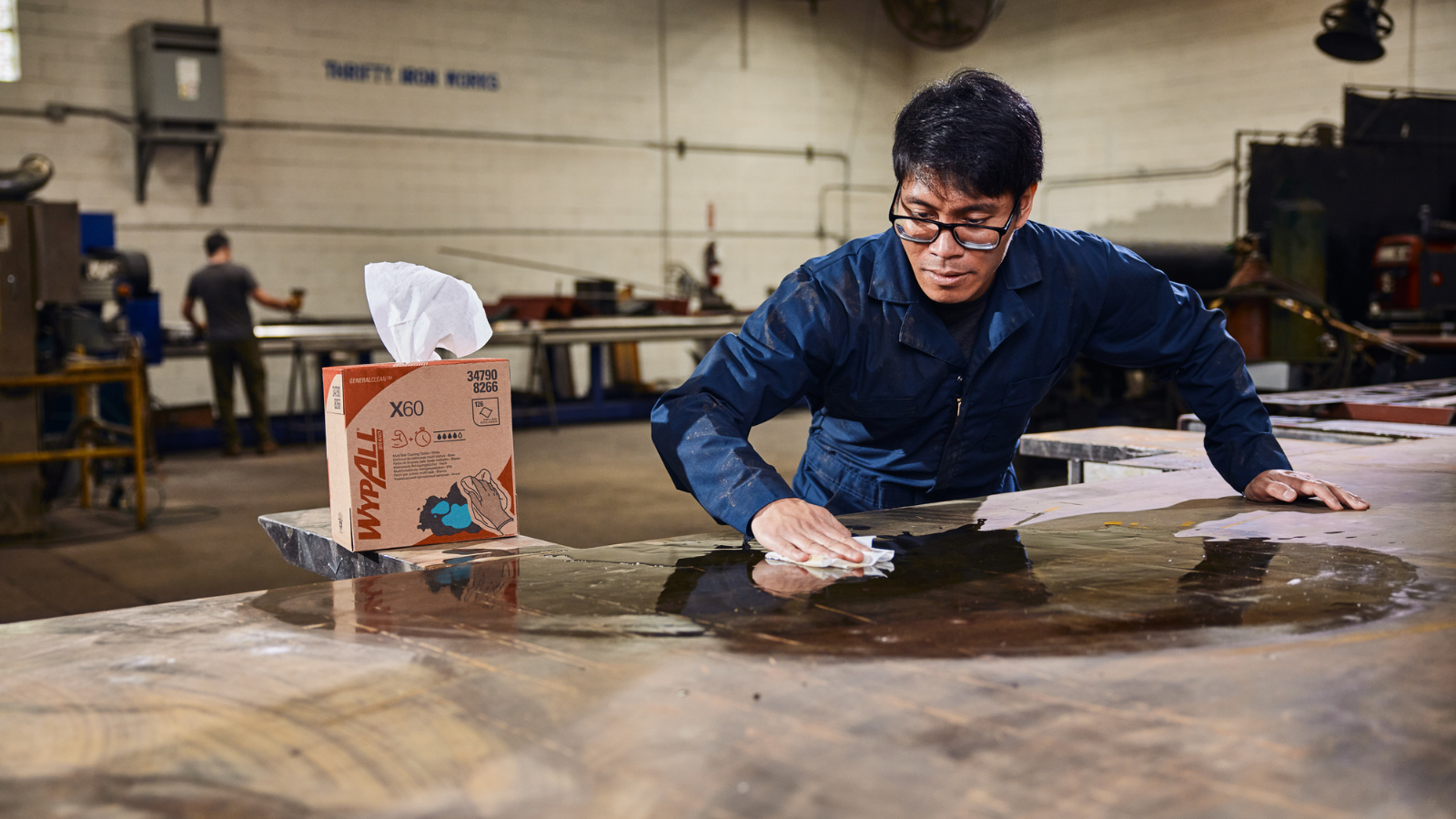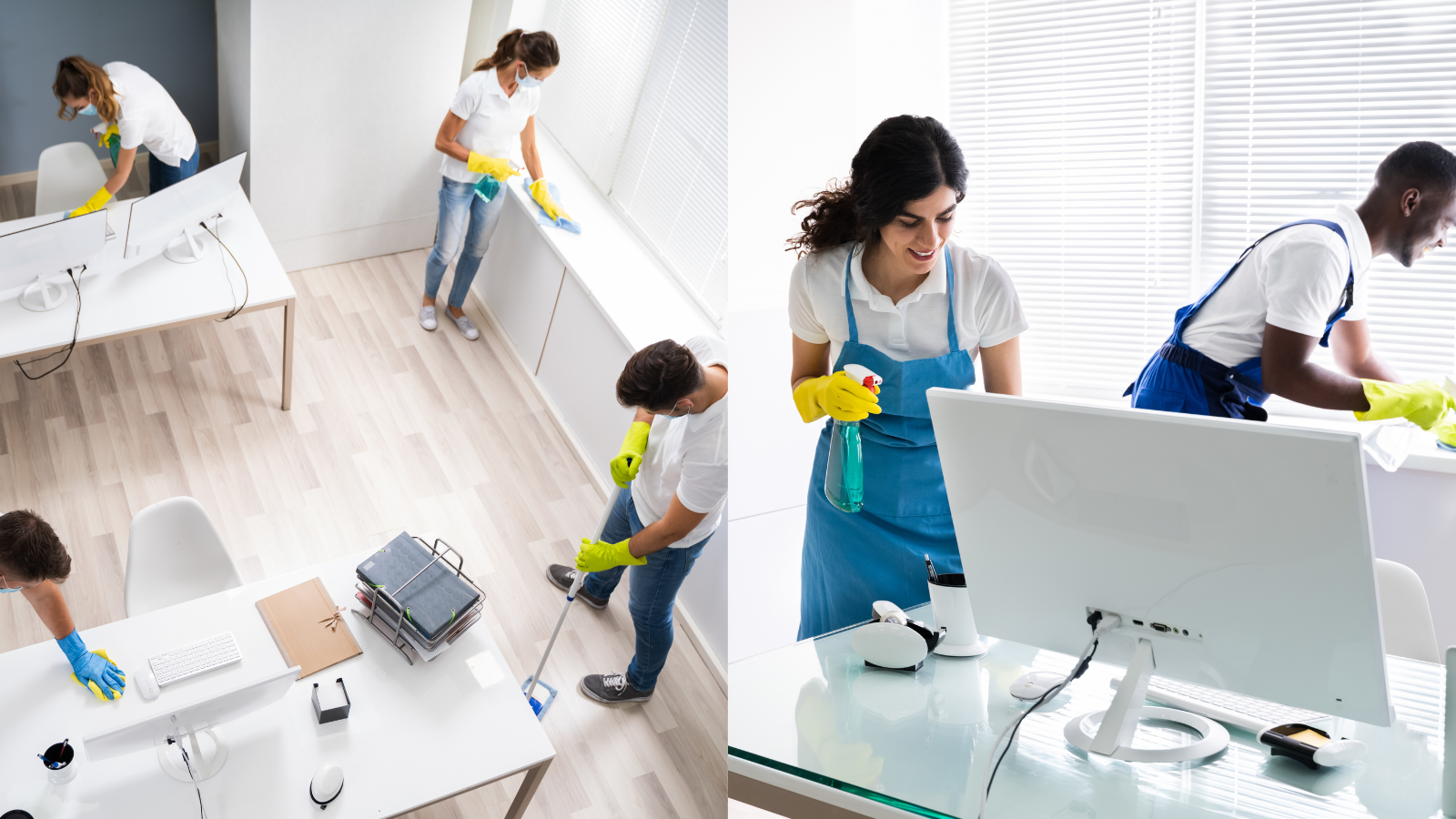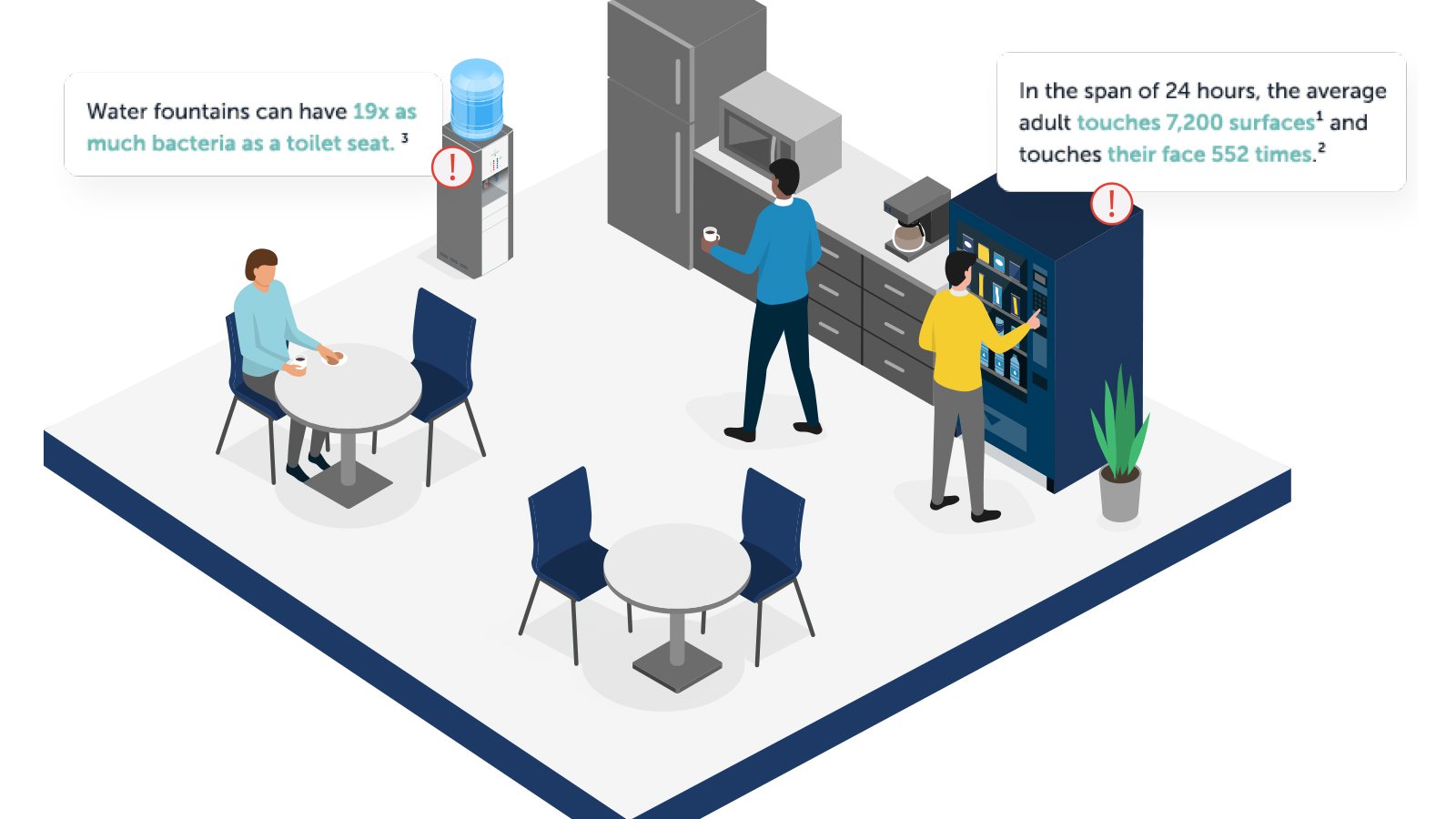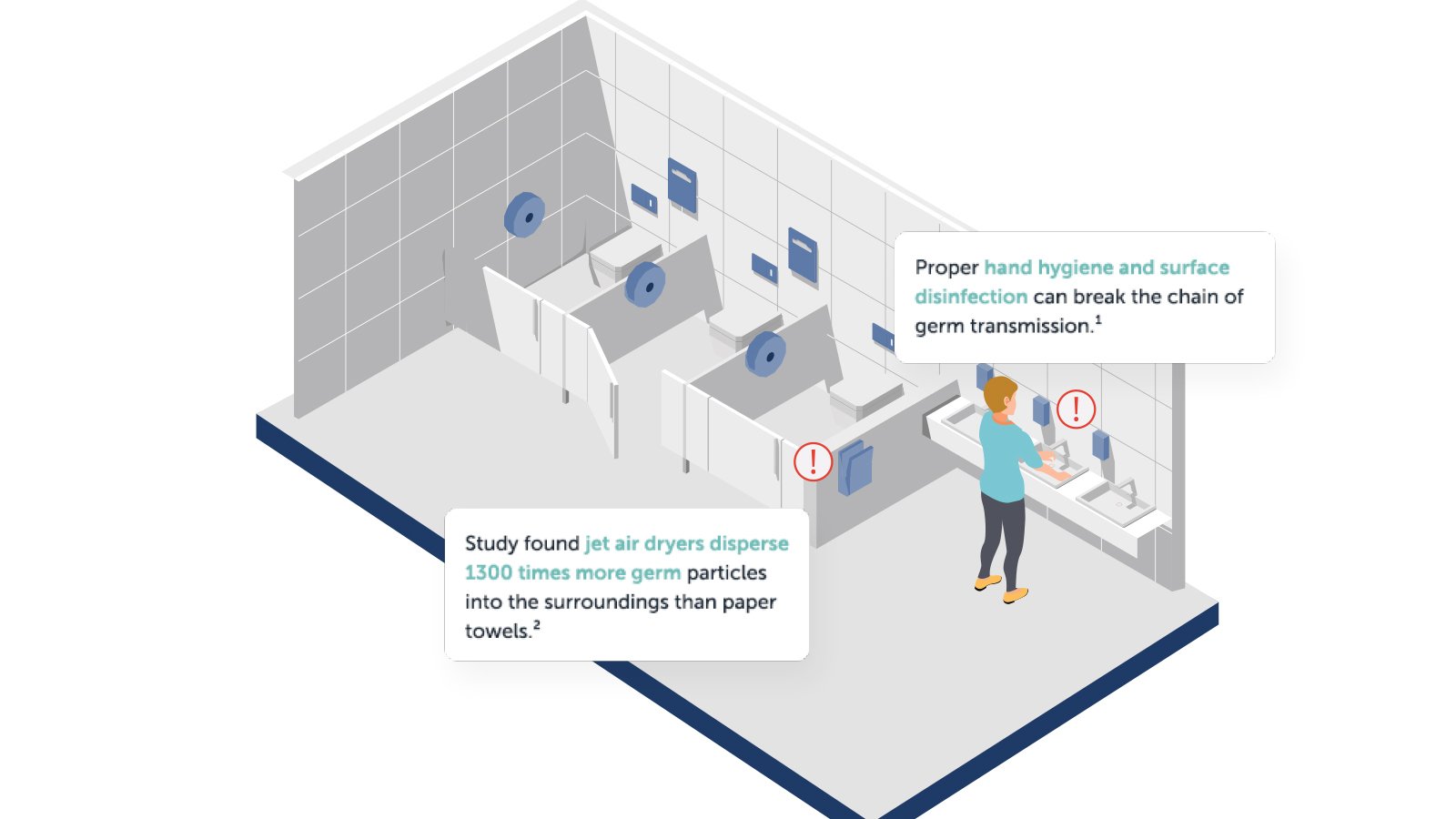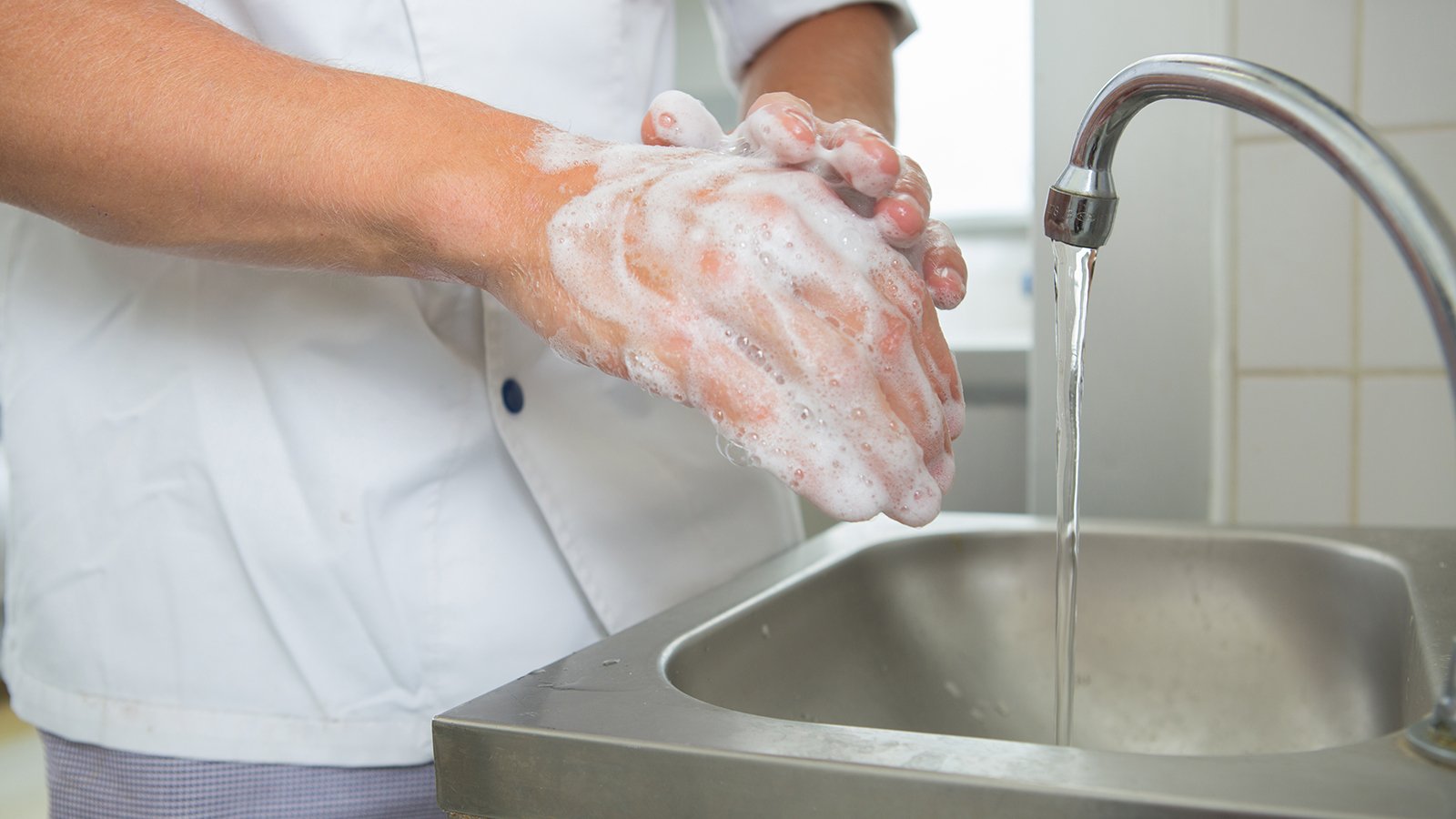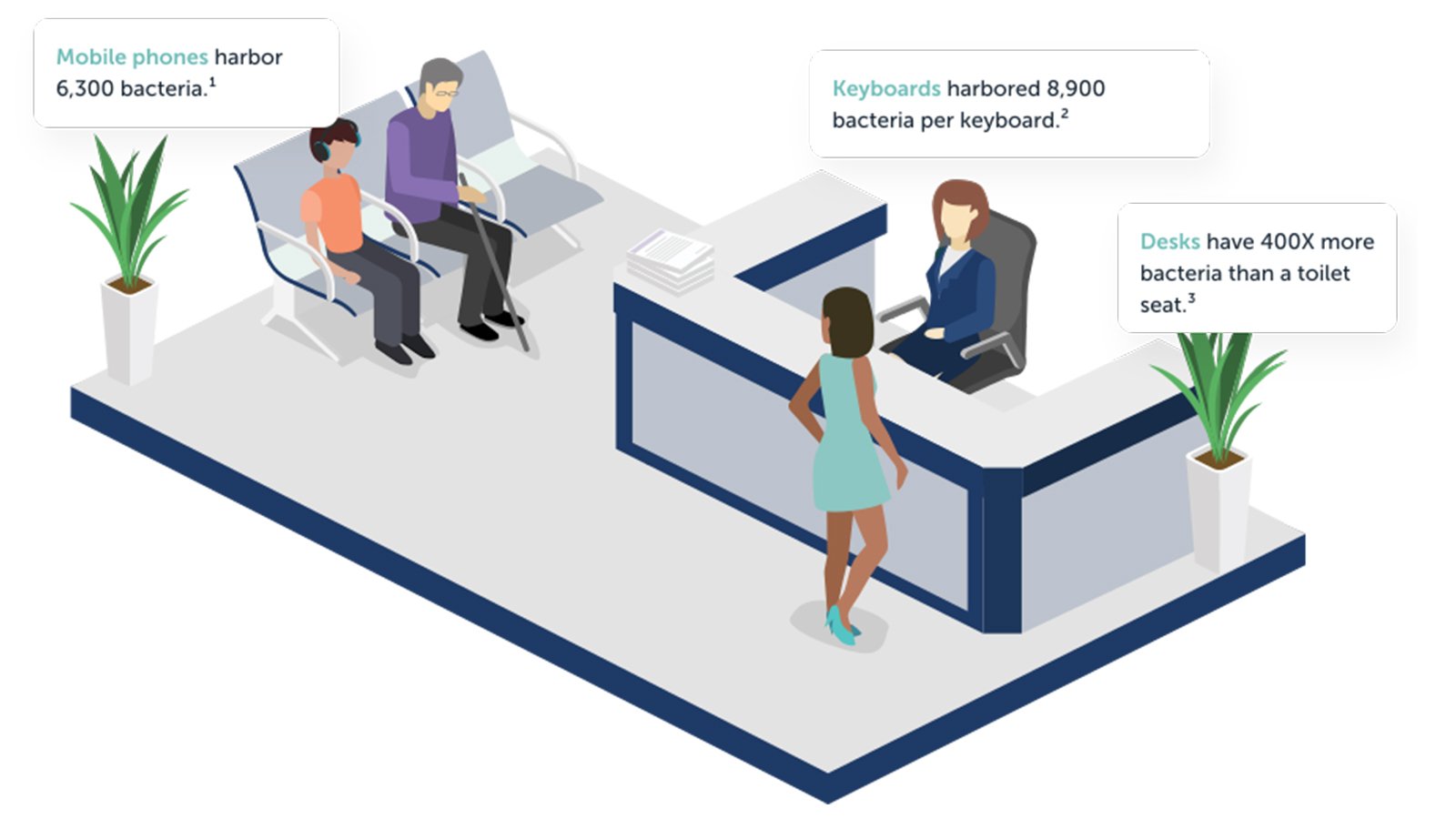Last Updated JANUARY 2024
What Healthcare Facilities Should Know About Surface Cleaning & Disinfecting
Surface cleanliness and disinfection help create more positive staff and visitor experiences in healthcare facilities. In these unprecedented times, however, clean is no longer clean enough.
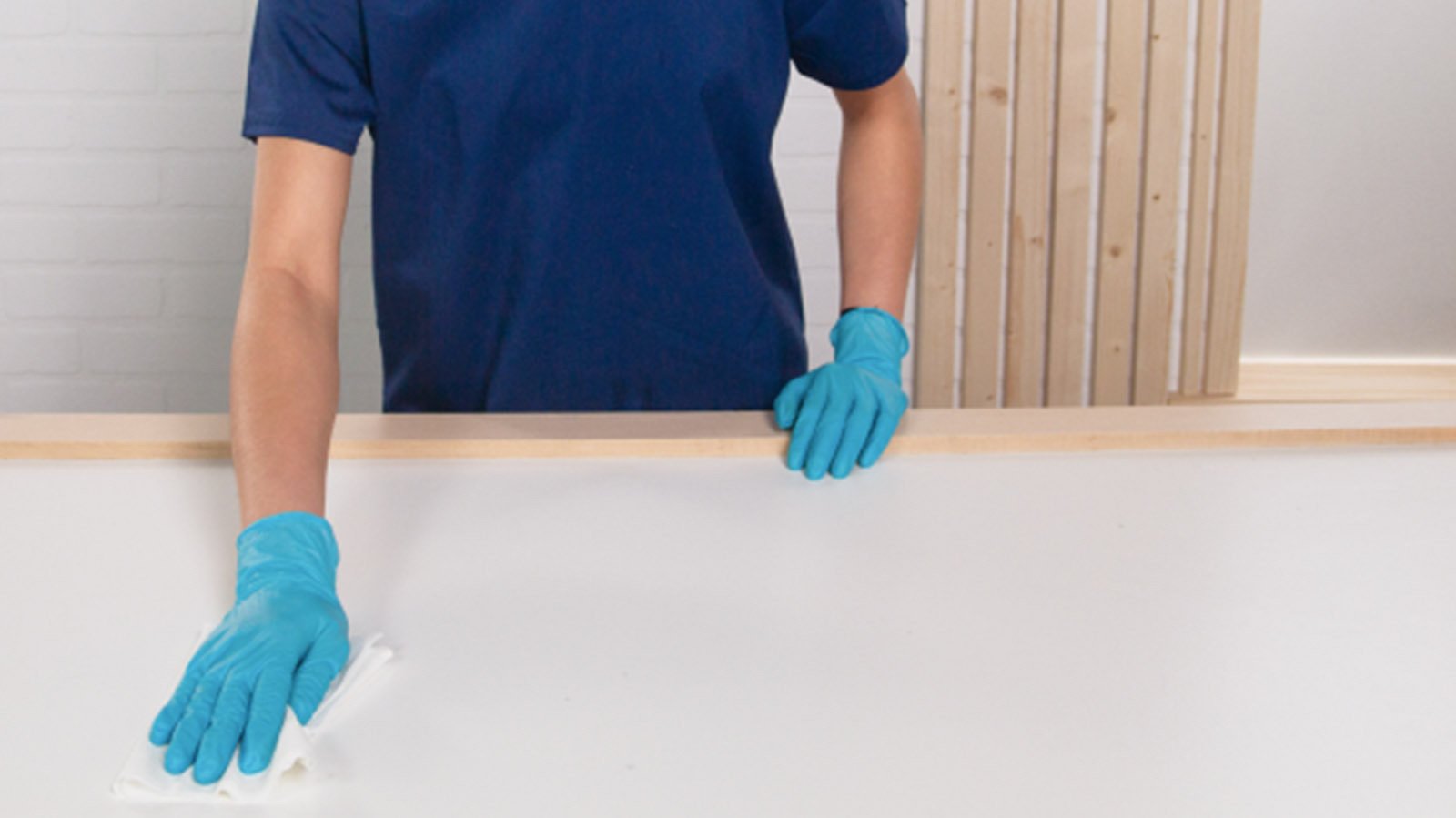
The pressure is on to go beyond visible cleanliness alone. Surface hygiene standards have even been raised for healthcare in facilities where workers diligently disinfected surfaces long before the outbreak of COVID-19. Although invisible in many ways, germs and germ hot spots have become a major target for those hoping to raise the bar on hygiene.
Staff and visitors are counting on cleaning and disinfecting practices to reduce surface contamination throughout a given facility. They’re also counting on choosers like you to go for solutions that incorporate efficiency into the cleaning process. Fortunately, making a simple change from cloth to disposable wipers can help reduce germs and enhance workplace satisfaction.
The 2-Step Cleaning and Disinfection Process
There’s a difference between cleaning and disinfecting. The US Center for Disease Control1 recommends a two-pronged approach to treating frequently touched surfaces: first clean, then disinfect.
1. Clean to remove germs, dirt, and impurities.
This step refers to application of soap (or detergent) and water to physically remove germs. This process doesn’t necessarily kill germs but lowers their numbers by removing them.
2. Disinfect to kill germs.
After surfaces have been cleaned, it’s time to disinfect. By using chemical disinfectants and following the manufacturer’s instructions, you can help lower the risk of spreading germs.
Some objects that are touched by many people throughout the day include doorknobs. light switches, phones, keyboards and faucets. For healthcare, there are additional touched surfaces to worry about cleaning such as bed rails, shared equipment and break room items. The stakes are even higher when it comes to controlling the number of germs on these surfaces.
The Downside of Laundered Towels
Many facilities use laundered towels for the cleaning portion of the 2-step process explained above, but these come with quite a few risks in a setting like a hospital. To start, any cotton cloth can reduce the efficacy of disinfectant chemicals up to 85%.2 Laundered towels are more consistent in material than something like recycled rags, but they are far from ideal from a safety standpoint. Decontamination during the laundering process, for example, depends on several factors including temperature, timing and detergent type. A deficiency in any of these factors could mean that your towels are not going back into your facility fully decontaminated.3
Understanding the Alternatives
There are several high-quality wiping options available to clean and disinfect surfaces throughout your facility including:
1. Disposable wipes and cloths
Disposable wipes can be more hygienic because they are single use. They boost efficiency because they maintain consistency in size, shape and material. Unlike rags or towels, they’re engineered for specific tasks so you can select a wiper that’s durable, or soft for delicate surfaces.
2. A closed-bucket wiping system
Closed wiping systems are a smart alternative to potentially unsanitary and hazardous open buckets of chemicals. They help avoid contamination of the wipes and the cleaning solution, because a clean wiper is dispensed every time with minimal exposure to air and light.
3. Pre-saturated sanitizing wipes
Disinfectant-saturated wipes kill bacteria on non-porous, non-food contact surfaces such as bathroom sinks, faucets and other areas. These are designed for portability and ease of use.

Meet Exceptional Hygiene Standards with Kimberly-Clark Professional
If you’re ready to re-evaluate your current cleaning and disinfecting products, we can support you every step of the way. Our experts will work with you to develop a strategy that boosts both hygiene and efficiency in your healthcare facility. Our wide range of disposable wipers makes it possible for us to match different products to their different applications, from the washroom to the waiting room.
Contact Kimberly-Clark Professional today to find out more about our surface wiping solutions and how we could help you elevate your hygiene protocols.
Like what you're reading?
Subscribe to receive more valuable content.
References
1a All content does not supersede any requirements to meet local regulations. Please check with your legal and regulatory advisor on the requirements you are required to meet
1b Source: https://www.cdc.gov/coronavirus/2019-ncov/community/guidance-business-response.html#anchor_160968480015
2 Source: "Decreased activity of commercially available disinfectants containing quaternary ammonium compounds when exposed to cotton towels”, Charles Gerba, Ph.D, etal, American Journal of Infection Control, April, 2013” https://www.ajicjournal.org/article/S0196-6553(13)00117-X/fulltext.
3 Bockmühl, D. P., Schages, J., & Rehberg, L. (2019). Laundry and textile hygiene in healthcare and beyond. Microbial cell (Graz, Austria), 6(7), 299–306. https://doi.org/10.15698/mic2019.07.682






